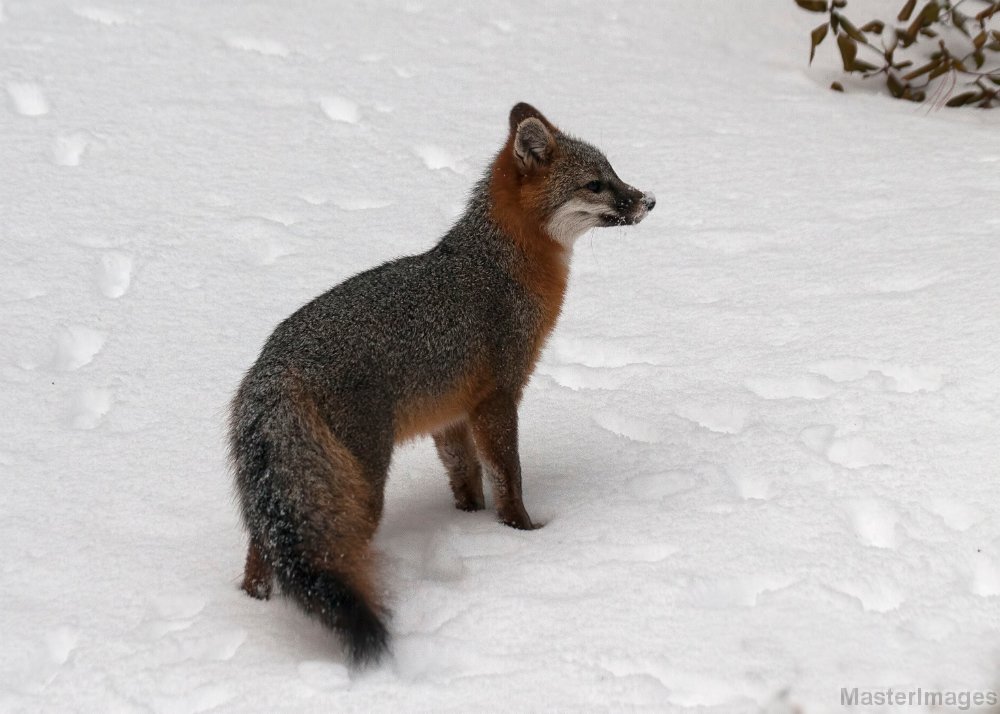It’s fair to call it midwinter, I think, and yet snow has been intermittent and sparse. But it’s plenty cold, so we’ll trust the calendar. The Northern Cardinal (Cardinalis cardinalis) photographed by one of our wildlife cameras tells a different story. It could be autumn. Or spring.

The male Northern Cardinal is perhaps responsible for getting more people to open up a field guide than any other bird. They’re a perfect combination of familiarity, conspicuousness, and style: a shade of red you can’t take your eyes off. Even the brown females sport a sharp crest and warm red accents. Cardinals don’t migrate and they don’t molt into a dull plumage, so they’re still breathtaking in winter’s snowy backyards. In summer, their sweet whistles are one of the first sounds of the morning. (Source:Cornell Lab of Ornithology)
Well, this isn’t exactly “winter‘s snowy backyard”, but the handsome male Cardinal still stands out. After documenting the wildlife making its home in Rosslyn’s fields and forests, this is our first cardinal. In fact, we rarely capture images of songbirds. Too swift, perhaps. We document plenty of wild turkeys, and occasionally a grouse or pheasant. But not songbirds.
So, for good measure, here’s a zoomed in cameo!

It’s worth noting that many of the excellent wildlife photographs we have been documenting over the last couple of winters demonstrate that the trail work collaboration between our friend and wildlife steward, John Davis, and Jack-of-all-trades, Tony Foster, serves wildlife far more frequently than humans. It’s truly remarkable, not only how much wildlife is thriving in the sanctuary, but also how readily deer, turkeys, bobcats, coyotes, raccoons, porcupines, etc. adopt the trails as their byways of choice.
I conclude with a quick note of gratitude for Tony and John, whose passion and perseverance enrich Rosslyn in so many ways. I’ll be posting additional photos soon so that you may enjoy a virtual Rosslyn safari, a voyeuristic glimpse into this thriving wildlife sanctuary tucked into an historic town at the edge of the greatest of lakes. It’s almost too good to be true!

























